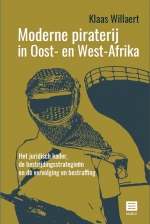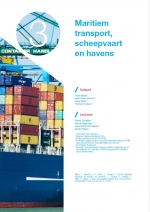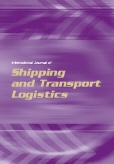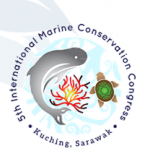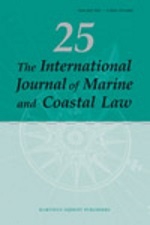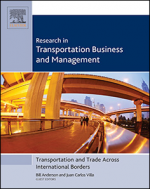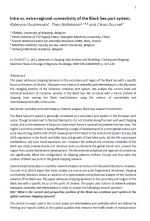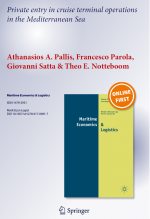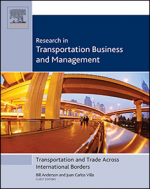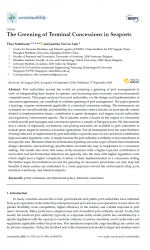The greening of terminal concessions in seaports
(2018) SUSTAINABILITY, volume 10, issue 9.
Port authorities around the world are pursuing a greening of port management in view of safeguarding their license to operate, and increasing their economic and environmental competitiveness. This paper analyzes how port authorities, via the design and implementation of concession agreements, can contribute to a further greening of port management. The paper presents a typology of green instruments applicable to a terminal concession setting. The instruments are evaluated on overall feasibility and suitability in a concession context, but also on more specific criteria related to implementation issues, contribution to green strategies, and targets of port authorities and regulatory/ enforcement aspects. The evaluation matrix is based on the output of a structured workshop with port managers and concession experts in a sample of European ports. We demonstrate that a variety of regulatory, investment, and pricing measures are available to port authorities to include green targets in terminal concession agreements. Not all instruments have the same likeliness of being embraced or implemented by port authorities, in part because of a low perceived contribution, high associated regulation costs, or simply because the port authority is unlikely to have jurisdiction in that specific area. Measures related to information reporting and some types of harm-based standards, design standards, and technology specifications are relatively easy to implement in a concession setting. The results also show that many of the measures with a higher expected contribution to innovation and environmental objectives are typically also the ones with higher regulation costs, which might post a higher complexity in terms of their implementation in a concession setting. We further argue that initiatives toward the greening of concession procedures can only reap full benefits if these actions are embedded in a chain approach toward the environment (ship, port, terminal, warehouse, and inland transport).
